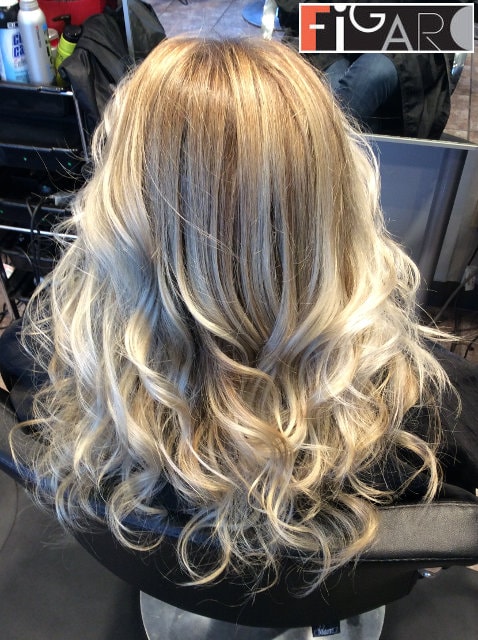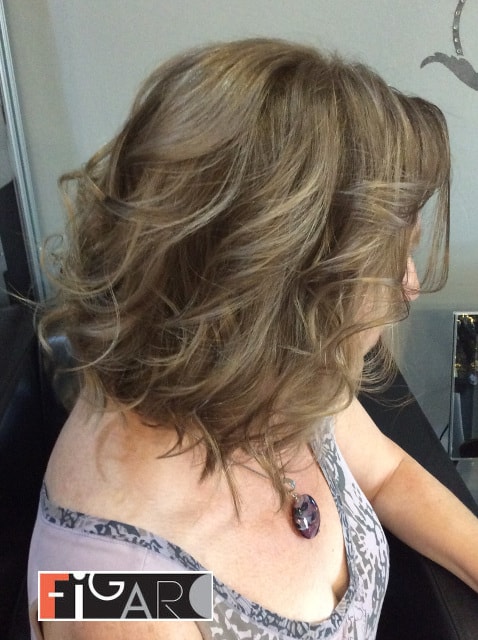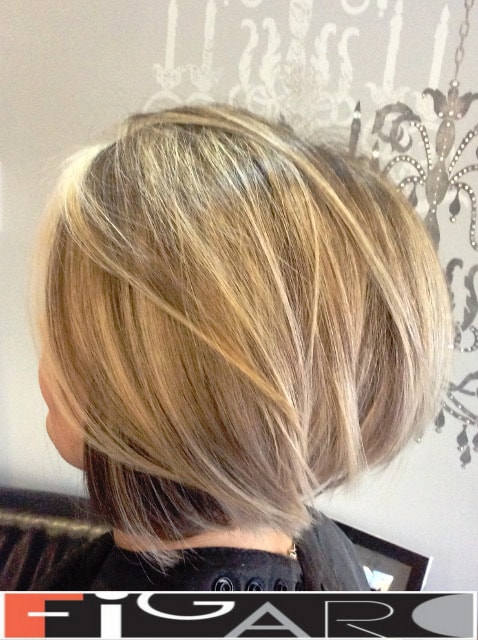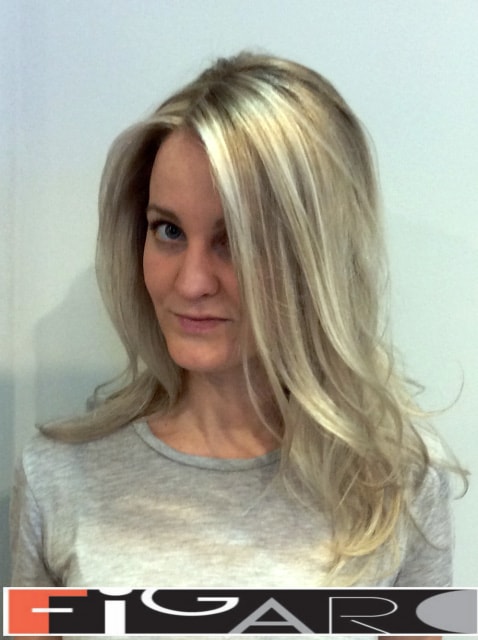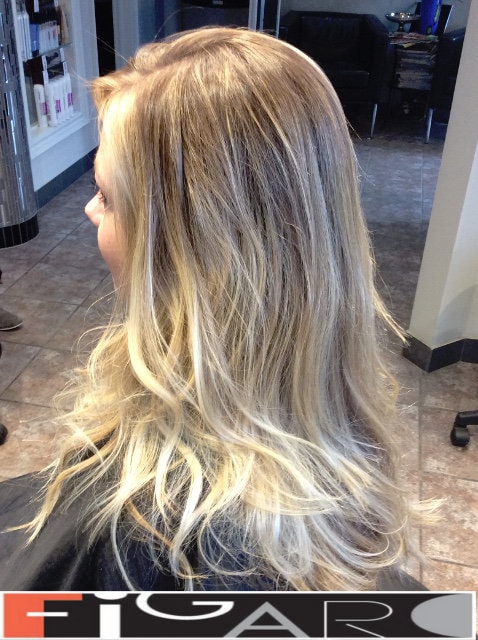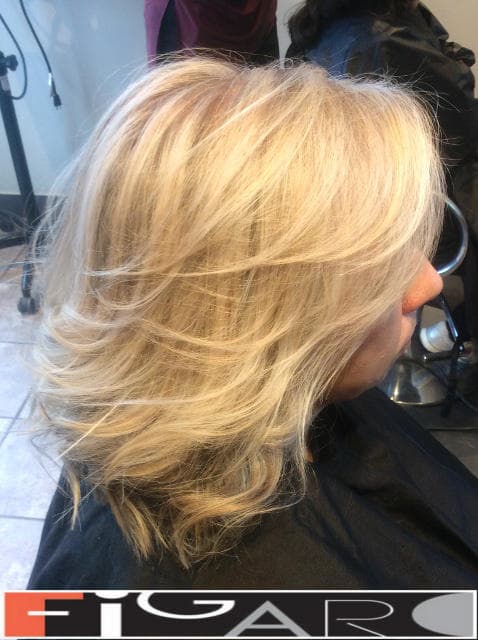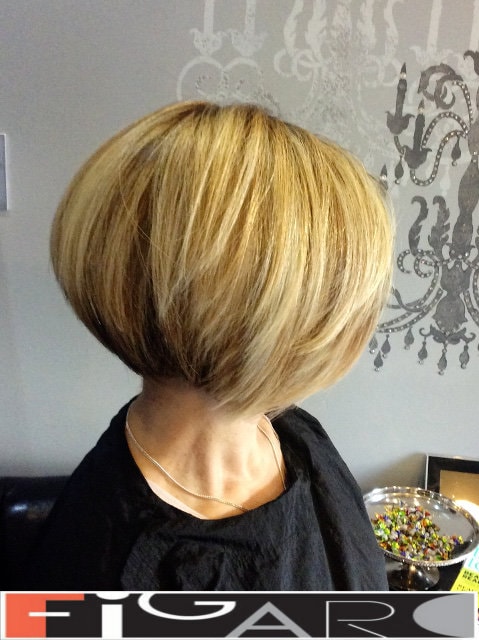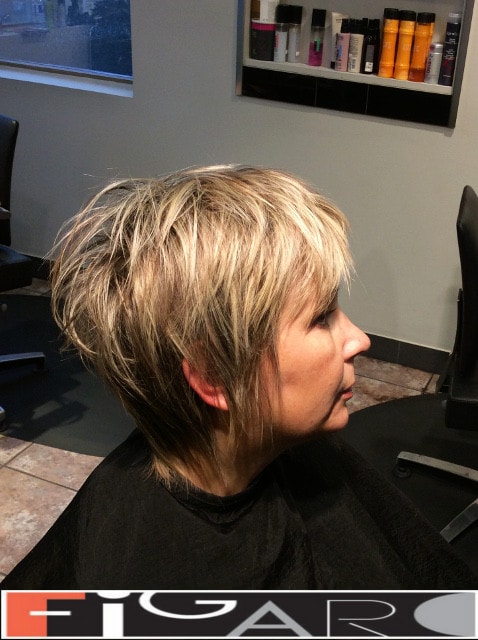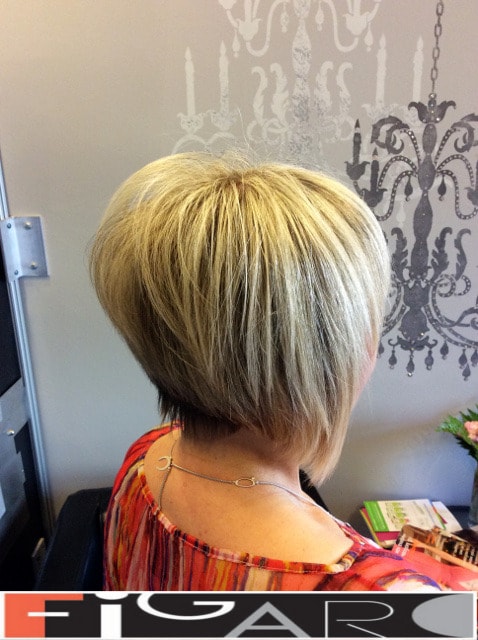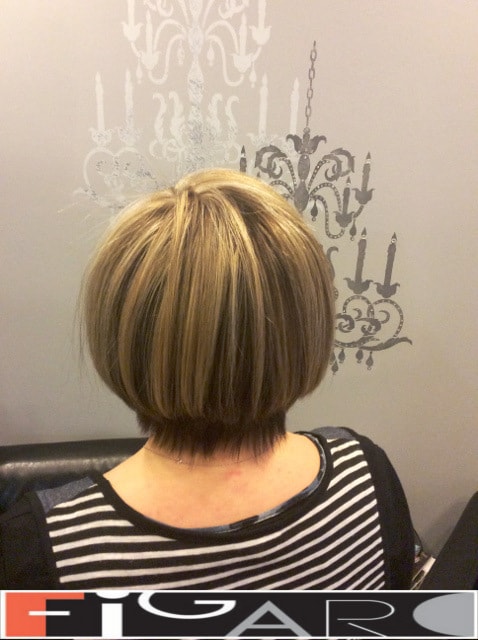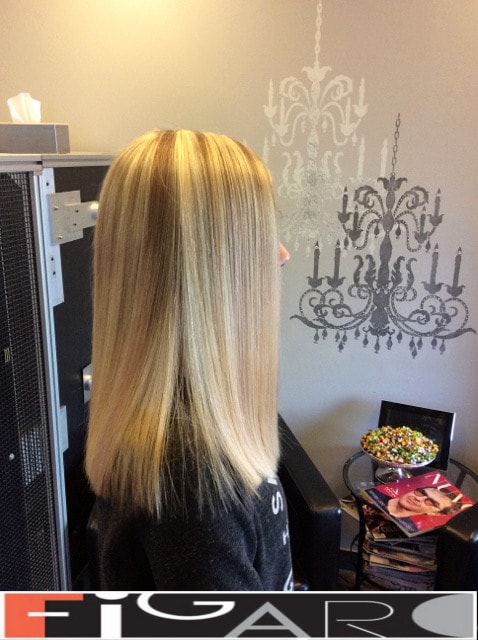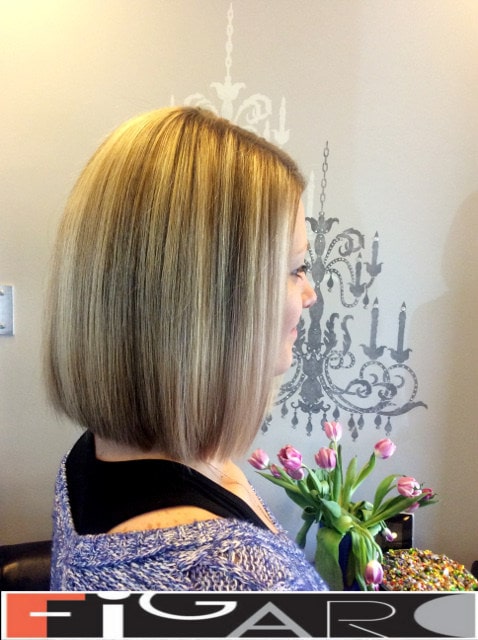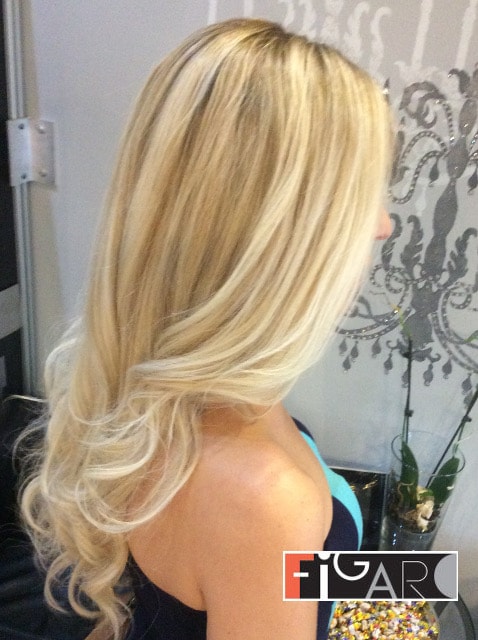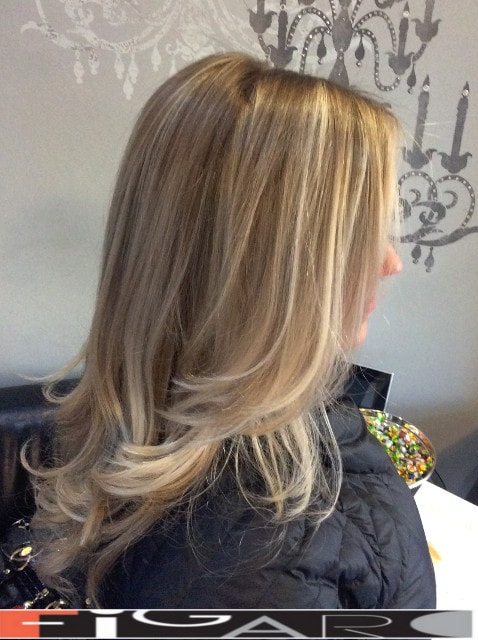A classical highlight is a process of lightening (bleaching) individual strands of hair. If the colourist has done it correctly, the brightened parts fit in harmony with the given colour. Highlighted hair strands are not breaking the whole picture. The result of the procedure should be a hair glow. In addition, your hair become lush and multilayered.
It's not easy to perform a beautiful and quality highlights. You should consider all the nuances of the procedure, the quality of supply materials and qualifications of colour technician.
Highlighting types differ between the technique of colouring, the length of the hair, and the colour variety.
In addition, the number and magnitude (size) of the strands that are coloured should be taken into account. Some highlighting techniques have been recognized as classical or traditional, but their relevance is not lost today.
Other highlighting techniques, like Ombre, Sombre and Bronde have appeared relatively recently have already become popular and the role of traditional highlights is still important The classical highlights involve the process of lightening the hair strands though the length and the thickness of the hair strands can vary. The more subtle the hair strands, the less the difference between the already-painted hair strands and the base colour of the hair, and the end result will look more natural. This version of highlighting is ideally suited to those with a natural brown or light hair colour who want to lighten their base colour, as well to those who wish to hide grey without classical hair colouring.
Partial highlights consists of bleaching individual hair strands or colouring a single zone of hair, such as creating a colour transition in asymmetrical haircuts.
Traditional and reverse highlights (lowlights)
In the case of traditional highlights, this involves lightening the hair. With lowlights; hair strands are getting darker, as a rule, into the natural tone of the client's hair colour. A frequently used technique in the case of regular highlighting is when the borderline between the hair strands is blurred and the overall colour turns to blond. The reverse highlighting technique is just as good for natural blondes. Using this technique (especially when using several shades of lowlights) can give you monochromatic character to colour without having to use classic colouring.
Highlights is subdivided into a normal and gentle. The normal type allows you to change hair colour by several tones, usually from 4 to 8 tones. The gentle variety allows you to move away from the natural shade just two or three tones up. It is essential that high quality lighteners with moisturizing components are used in the process. Also important is using chemicals with a
"reviving" hair function, for example Olaplex, without it it just impossible to perform highlighting in today's world. At the same time, the highlighting process helps to gradually return to the natural colour of the hair in the case when you decide to switch from a blonde to your natural colour.
Highlighting gives volume and shine to the hair (the highlighted strands are drier than your natural and unpainted hair, respectively, they do not get as dirty). It also allows for excellent blending for grey hair, as it does not require frequent repetition of the procedure.
Disadvantages of highlighting hair
It is necessary to note that the highlighting procedure has a number of shortcomings that must be taken into account if you decided to use it. The highlighting process takes a long time (sometimes up to three hours with full lightening). Since the preparations for highlighting contain chemicals, they somehow harm the hair. In particular, the hair is spoiled when the procedure is repeated very often, even if done with top quality products. Therefore, if you still decide to have a beautiful hair highlights, you need to consult a professional colour technician, ask what products he or she uses, what experience he has, etc. And of course we must not forget about home hair care products and procedures.
My suggestions about transforming your hair with Highlights colouring
- Works well for all types of hair, and for all haircuts regardless of the length of the hair.
- Does not require frequent salon visits.
- If your natural hairs are prevalent with warm shades, and you want a steady, colder colour direction, it is recommended that you use tint hair products weekly (platinum blond) to help maintaining colour at home.
- It is recommended to use professional hair care products at home.
- Professional remediation procedures such as Hair Botox and Olaplex are recommended.
- Highlights is not recommended if the hair was previously processed with henna.
Yours Truly, Elena


